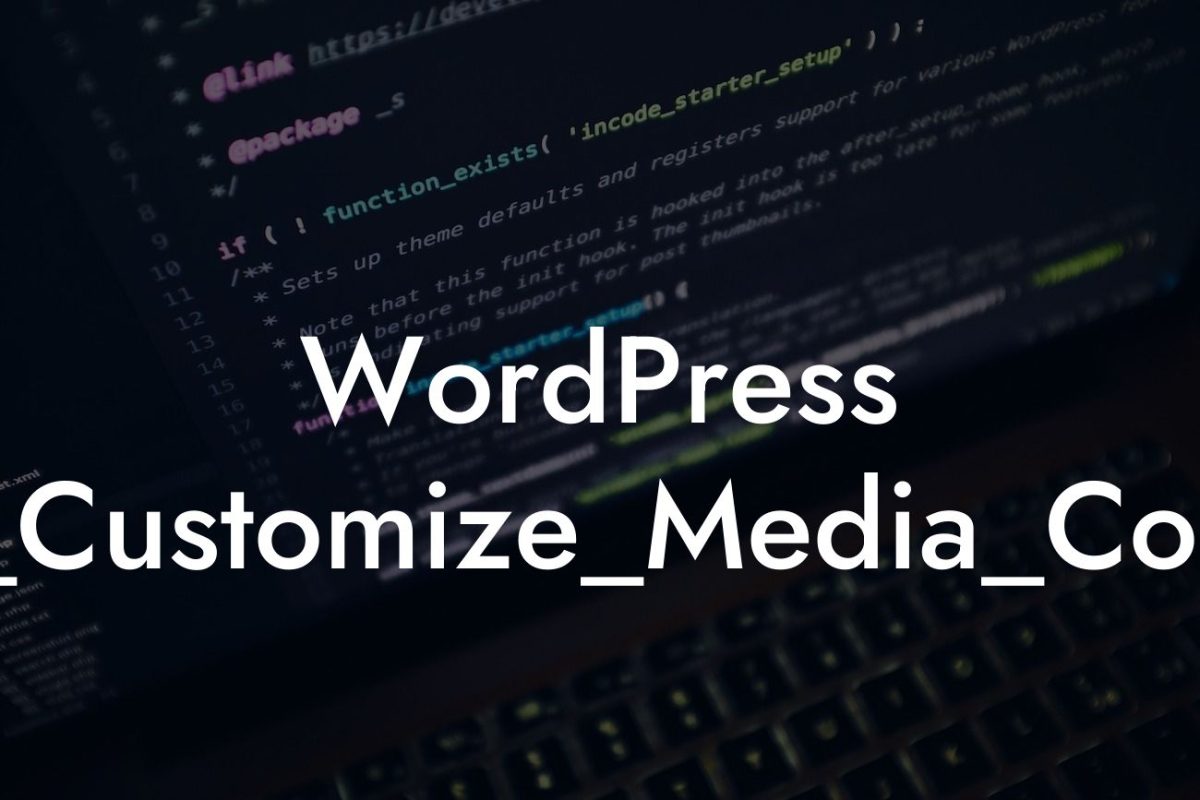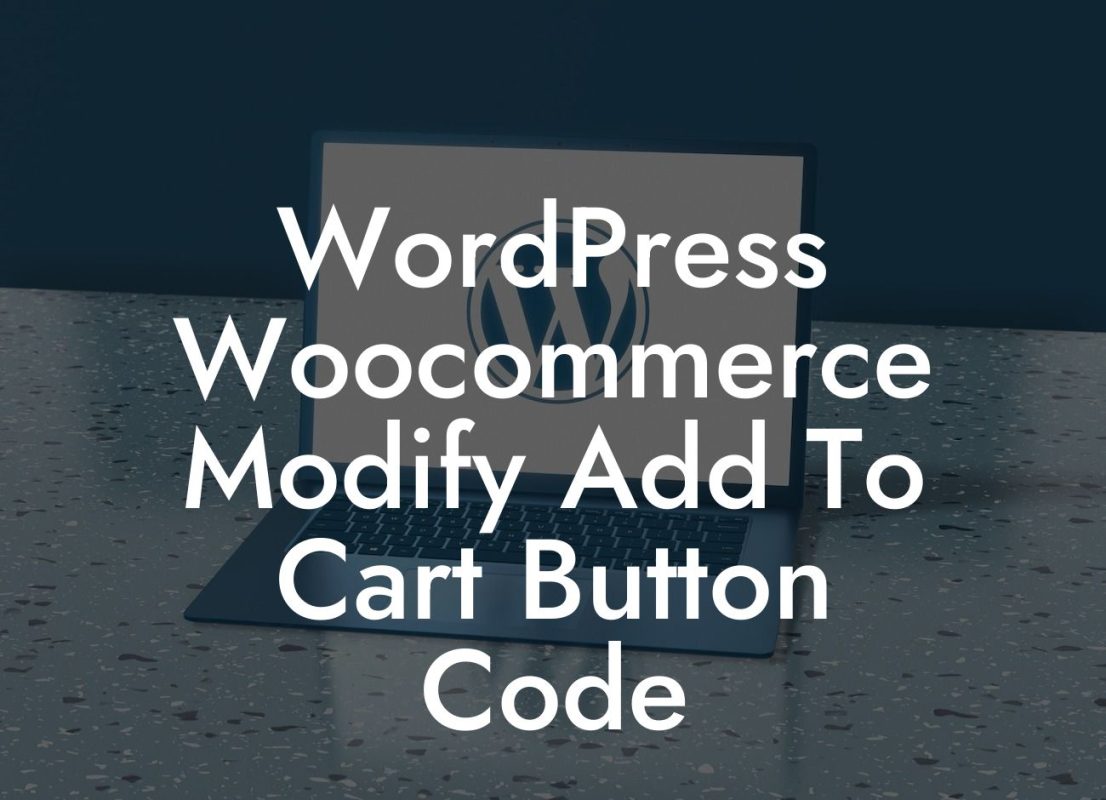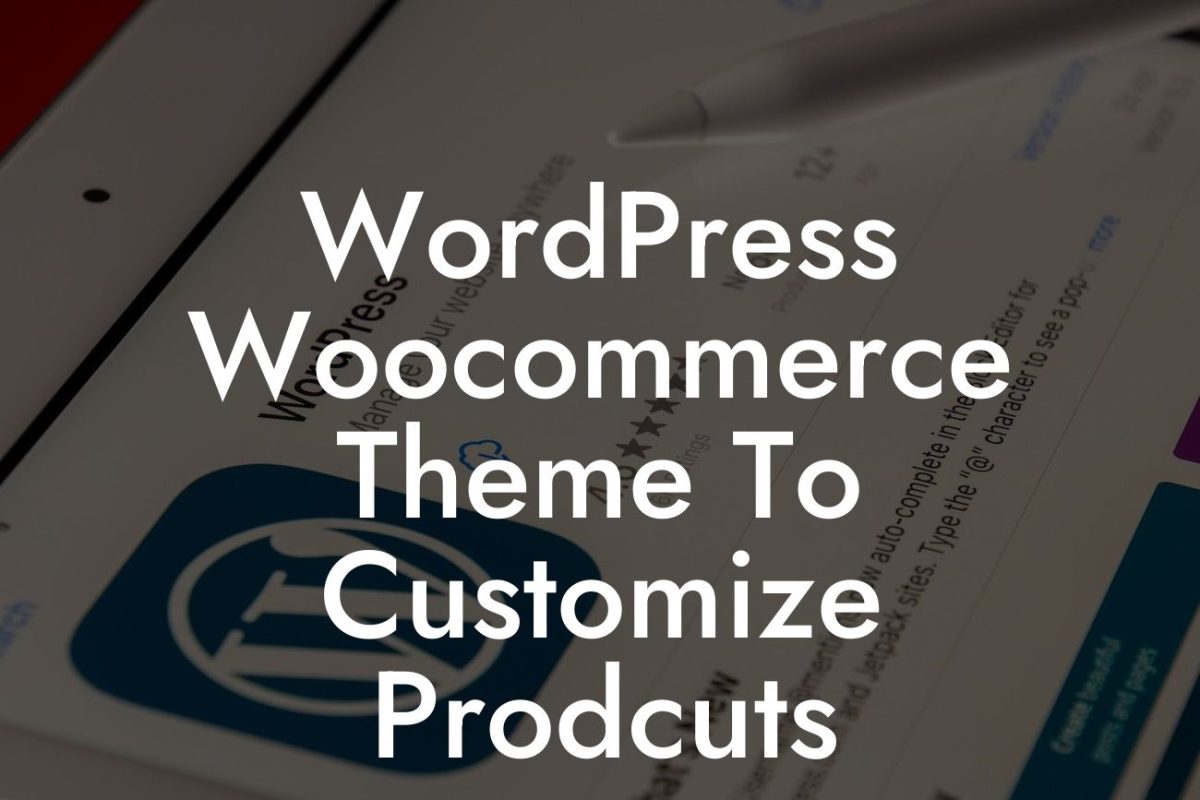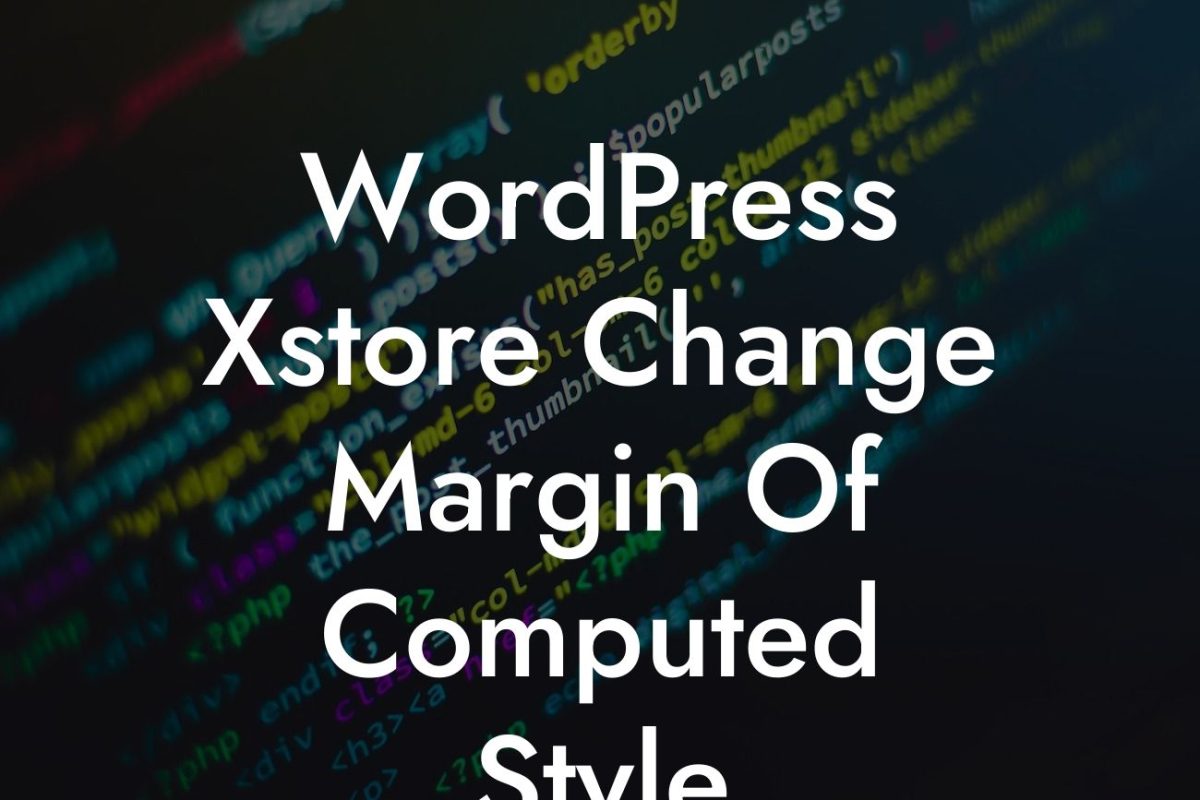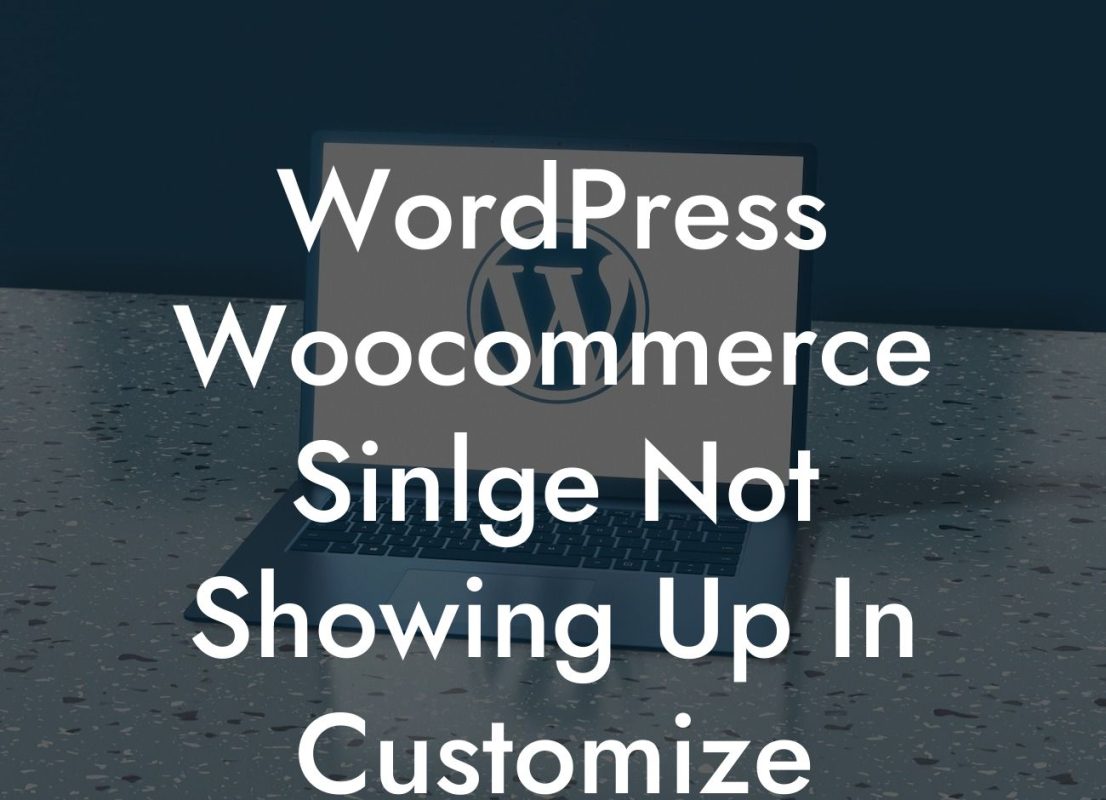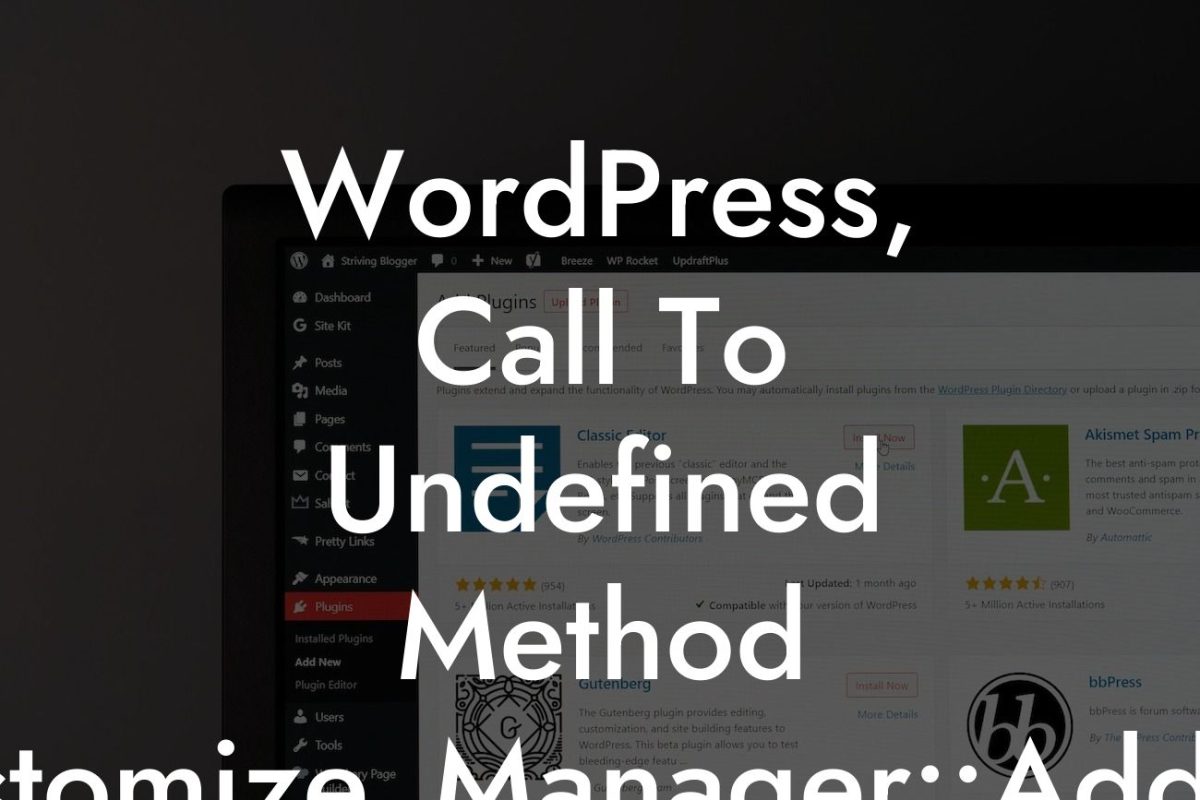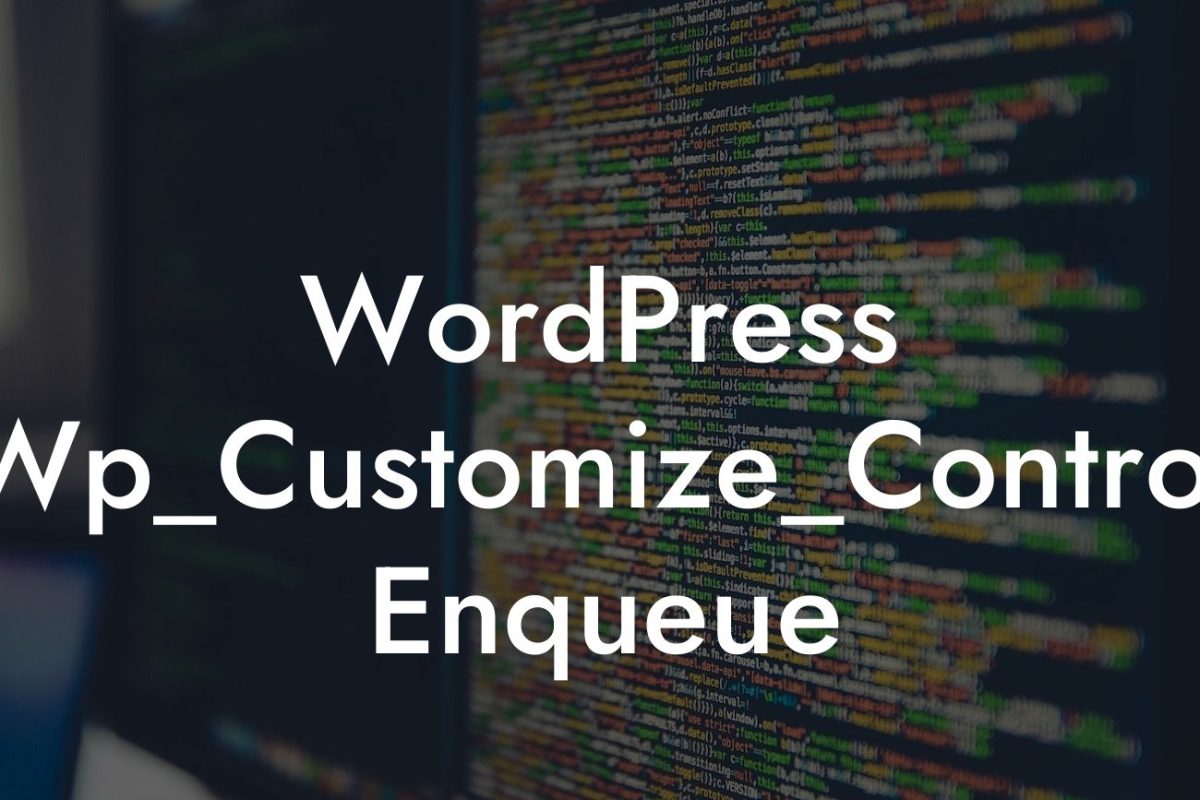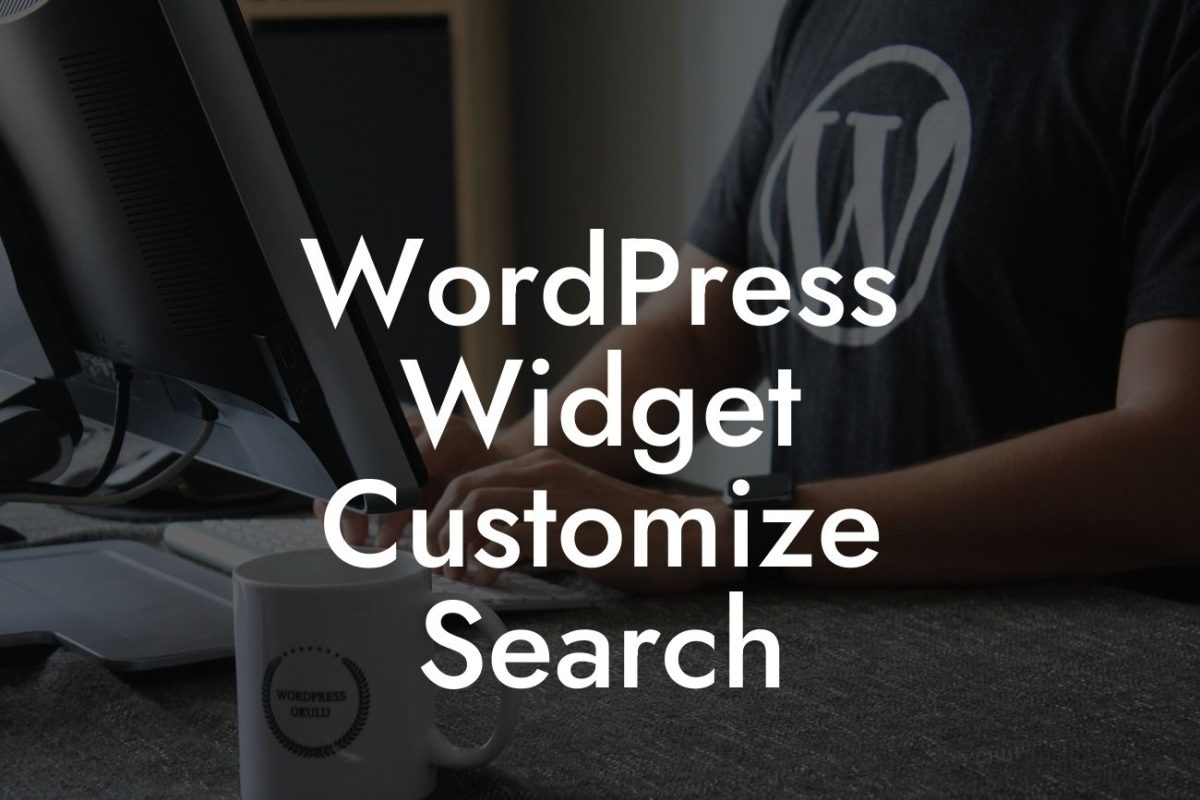If you're a small business owner or an entrepreneur, you know that having a well-organized and user-friendly website is crucial for success. One aspect of website management that often proves to be a challenge is arranging the page order. Fortunately, with WordPress, the leading content management system, you have full control over the order in which your pages appear. In this guide, we will show you how to easily change page order in WordPress and optimize your website's structure to enhance user experience and drive more conversions.
Changing the page order in WordPress is a straightforward process that doesn't require any coding knowledge. To get started, follow these simple steps:
1. Access the WordPress Admin Dashboard: Log in to your WordPress website using your credentials, and you will be directed to the admin dashboard.
2. Navigate to the Pages Section: On the left-hand side of the dashboard, you will find the main menu. Click on "Pages" to access the list of all your website's pages.
3. Select the Page Order Option: By default, WordPress orders your pages alphabetically. To change the page order, click on the "Page Order" option, usually located under the "Attributes" box or the "Page Attributes" section in the page editor.
Looking For a Custom QuickBook Integration?
4. Arrange the Pages: Once you've accessed the page order option, you'll see a list of all your pages. Drag and drop the pages to rearrange their order. The page at the top will appear first on your website, followed by the subsequent pages.
5. Update and Publish: Once you are satisfied with the new page order, click on the "Update" or "Publish" button to save the changes. Your updated page order will now reflect on your live website.
How To Change Page Order In Wordpress Example:
Let's say you run a small online boutique, and you want your Home page to be the first page visitors see, followed by the About Us, Products, and Contact pages. Using the WordPress page order feature, you can simply drag and drop these pages to rearrange them in the desired order. This way, visitors to your site will have an intuitive browsing experience, accessing the most important information first.
Now that you know how to change the page order in WordPress, you can truly take control of your website's structure and improve user experience. Don't settle for a cookie-cutter solution. Explore more guides, tips, and tricks on DamnWoo to enhance your online presence. And don't forget to try one of our awesome WordPress plugins, designed exclusively for small businesses and entrepreneurs. Share this article with others who might find it helpful in creating their own engaging and well-organized websites.


